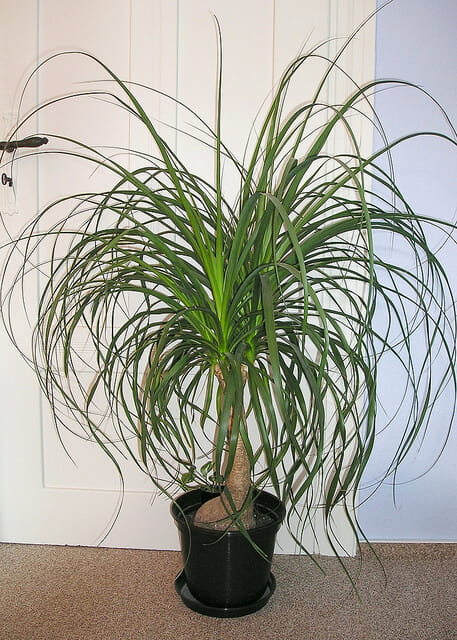Acacias are graceful trees that grow in warm climates such as Hawaii, Mexico, and the southwestern United States. The foliage is typically bright green or bluish green and the small blooms may be creamy white, pale yellow, or bright yellow. Acacia may be evergreen or deciduous.
Most acacia tree types are fast growers, but they usually live only 20 to 30 years. Many varieties are valued for their long roots which help stabilize the soil in areas threatened by erosion
Acacia requires full sunlight and grows in nearly any type of soil, including sand, clay, or soil that is highly alkaline or acidic. Although acacia prefers well-drained soil, it tolerates muddy soil for short periods of time
Acacia, commonly known as the wattles or acacias, is a large genus of shrubs and trees in the subfamily Mimosoideae of the pea family Fabaceae.
Initially, it comprised a group of plant species native to Africa and Australasia, but it has now been limited to contain only the Australasian species.
The genus name is New Latin, borrowed from the Greek ἀκακία (akakia), a term used by Dioscorides for a preparation extracted from the leaves and fruit pods of Vachellia nilotica, the original type of the genus.
Acacias are soft, yellow flowers that tend to be fluffy. These plants are delicate and tender, growing best in sheltered gardens away from the cold frosts of northern climates.
We’ll be sharing more about this flower in future.






